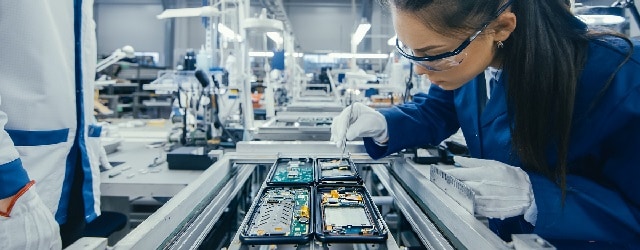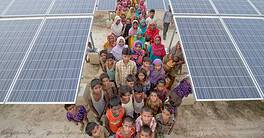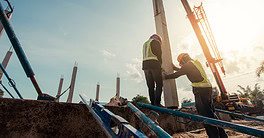Companies are moving out of China but staying in Asia.

A growing number of multinational companies are planning to relocate supply chains out of China, a trend that began last year as a result of the trade war between the US and China and that has accelerated as a result of the coronavirus pandemic.
“We’re seeing that organizations that diversified their supplier base after experiencing tariff impacts are potentially better equipped to address the effects of Covid-19 on their supply chains,” says Thomas W. Derry, chief executive officer of the Institute for Supply Management.
Taiwan Semiconductor Manufacturing Company (TSMC), the world’s leading chipmaker, in May revealed a plan to build a $12 billion factory in the US, to start production by 2024. Many US tech companies rely on TSMC chips to manufacture their most advanced products.
Apple is already looking to have 30% of its best-selling AirPod earbuds made in Vietnam by the end of this quarter, urging suppliers to shift production out of China. Wistron, an iPhone assembler, has set aside $1 billion to relocate 50% of its production to India. Pegatron, which also makes iPhone parts, had already been diversifying its manufacturing before the pandemic hit, ramping up production in India and making a plan to set up shop this year in Vietnam and Indonesia. Apple would also like to see its smaller manufacturers, like AirPods assembler Luxshare, take on a larger role as Apple attempts to avoid overdependence on its primary supplier, Foxconn.
The shift away from China has also been spurred by countries looking to draw production their way. India is offering incentives to US manufacturers and is currently negotiating with healthcare companies Medtronic and Abbott Laboratories to relocate. While both companies already have a foothold in India, no specific relocation plans have been reported.
Incentives or not, the trend will likely continue as tech companies rethink their supply chain strategy. “As with the US-China trade tensions over the past two years, the coronavirus outbreak will serve as a reminder that geographic concentration has its benefits, but also costs,” according to S&P Global Ratings analysts David T. Tsui, Raymond Hsu and Mark Habib.



